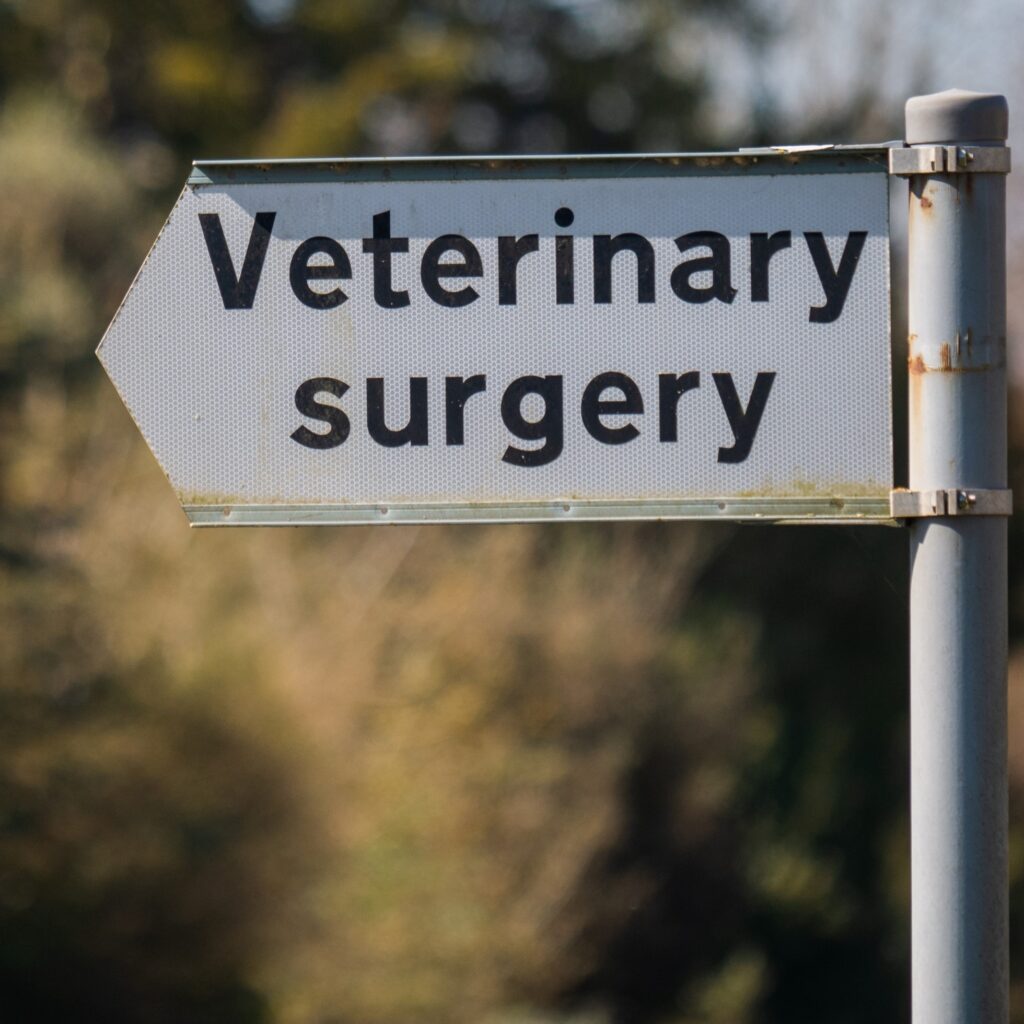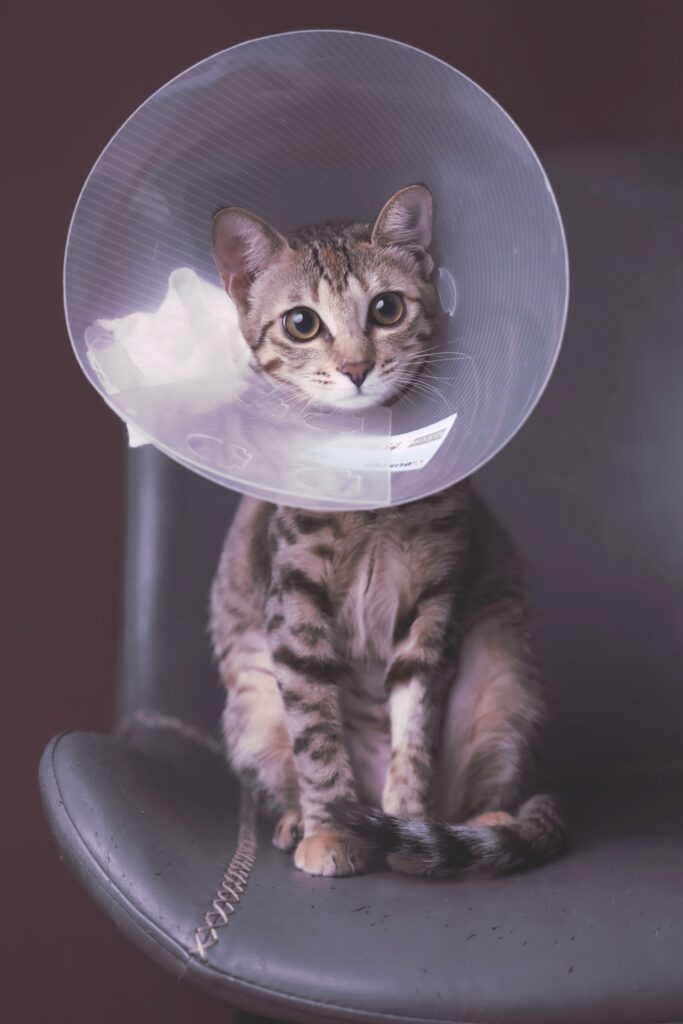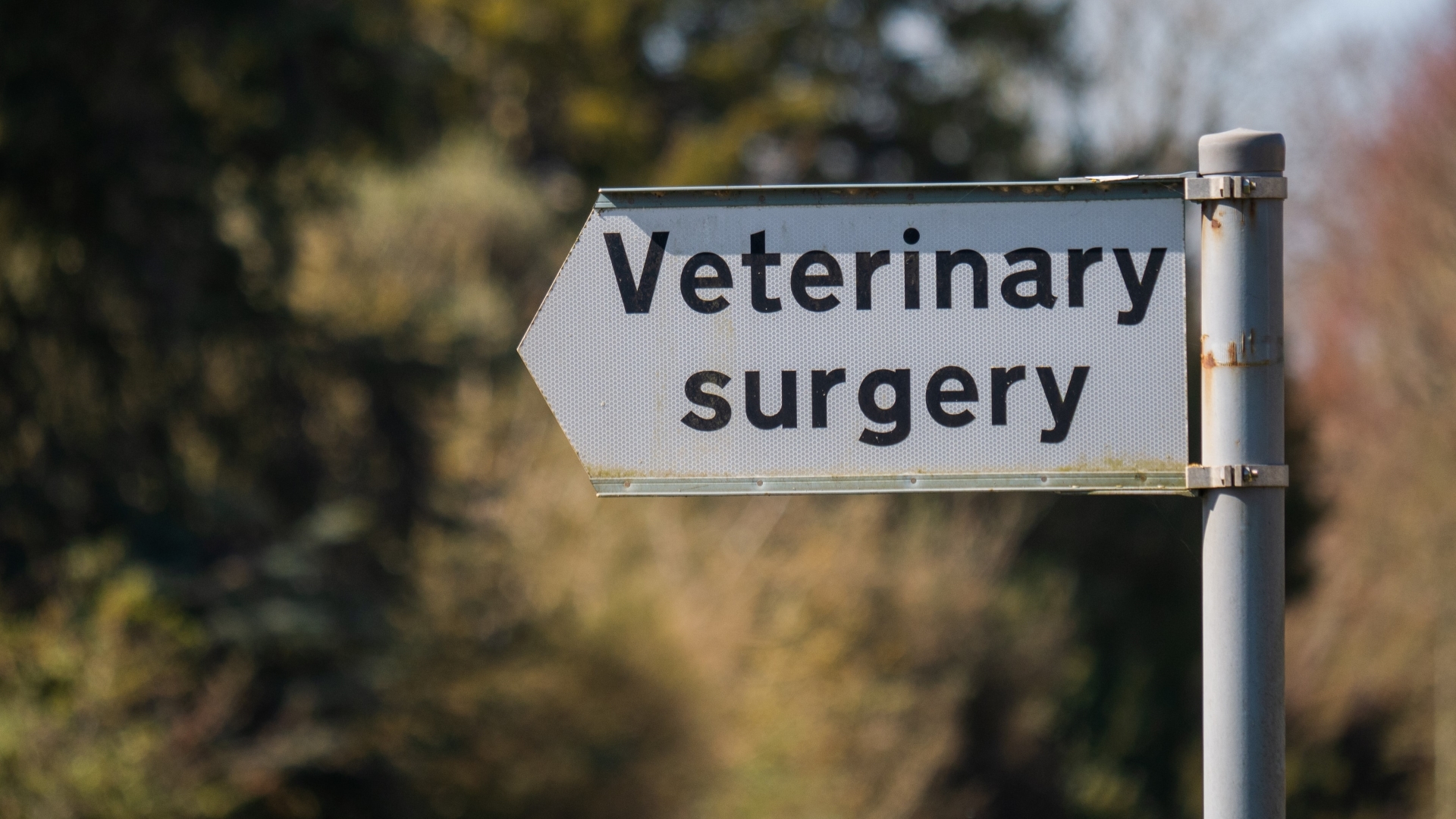welcome to
cascade Veterinary Clinic
Cascade CarePlans
We offer health plans! The peace of mind that your pet’s preventative health care and medical needs are taken care of. The convenience of easy monthly payments.
The Role of Anesthesia in Pet Surgery:
Pt. 1 - What is Anesthesia Anyways?

As pet owners, we love our furry friends and want nothing but the best for them. We take them for walks, play with them, and provide them with the best care possible. However, sometimes our pets need to undergo surgery to maintain their health, and this can be a stressful time for pet owners. Because we love them, we worry about the safety and comfort of our pets during the surgical procedure, and that’s where anesthesia comes in. In this blog post, we will explore the role of anesthesia in pet surgery and why it’s important.
What is Anesthesia?
Anesthesia is a state of controlled unconsciousness induced by drugs that affect the nervous system. During surgery, anesthesia is used to keep the pet still and pain-free by blocking the nerve signals to the brain. It is commonly used in medical procedures such as surgery, dental work, and diagnostic tests to help patients remain still, comfortable, and pain-free during the procedure. When done properly, preventing pain during surgery also reduces how painful your pet is following the surgery.
Why is Anesthesia needed?
1. Pain Management – This is important so your pet is comfortable, both during and after surgery. Properly done, anesthesia minimizes the pain your pet experiences after the surgery. It also minimizes the amount of anesthesia drugs required, making anesthesia safer.
2. Minimize Surgery Complications – By preventing movement during the surgery, anesthesia makes the procedure quicker and reduces the number of complications such as post-operation infections.

Types of Anesthesia
There different types of anesthesia that may be used during a pet’s surgery. The type of anesthesia chosen will depend on several factors including the pet’s age, health status, and the type of surgery being performed. The common types of anesthesia include:
-
Local anesthesia – Also known as “Freezing”, this type of anesthesia is used to numb a small area of the body where the surgery will take place. The pet will remain awake during the procedure, but they won’t be able to feel any pain in the area that has been numbed. It is often used along with sedation or general anesthesia to prevent movement while the procedure is performed. Local anesthesia is also an important part of minimizing how much anesthesia is required during a surgery.
-
Sedation – This type of anesthesia is used to calm the pet and make them sleepy. While sleepy, they are still responsive and can wake up to noise and touch so sedation is typically only used for minor surgical procedures.
-
General anesthesia – This type of anesthesia is used to put the pet into a deep sleep during the surgery. General anesthesia is typically used for more complex surgical procedures.
How Anesthesia Works
Anesthesia works by interrupting the signals between the brain and the body that transmit pain and other sensations. The goal of anesthesia is to ensure that the pet is not aware of what is happening during the surgical procedure and does not experience any pain or discomfort. Anesthesia also helps to relax the muscles of the pet’s body so that the veterinarian can perform the surgery safely and effectively.
Risks and Considerations
While anesthesia is generally safe, there are some risks and considerations that pet owners should be aware of. Some pets may be allergic to anesthesia or may have an underlying health condition that could make anesthesia more risky. In the following blog posts we will go into some of the different things that increase a pet’s anesthetic risk and what pet owners need to ensure are done for to minimize those risks.
For more information:
The following are links to other sites with more information on anesthesia for pet-owners.
American Veterinary Medical Association: When your pet needs anesthesia https://www.avma.org/resources/pet-owners/petcare/when-your-pet-needs-anesthesia
American Animal Hospital Association – Anesthesia for dogs and cats
American College of Anesthesia and Analgesia
https://acvaa.org/wp-content/uploads/2019/05/When-Your-Pet-Needs-Anesthesia.pdf
- 1 (250) 295-0312
- cascadevetclinic@gmail.com
-
240 Bridge St. PO Box 1211
Princeton BC V0X 1W0

